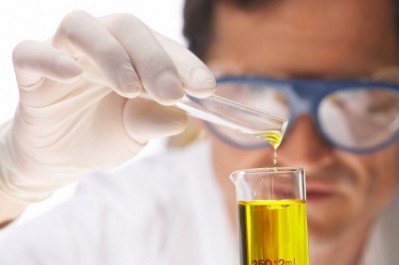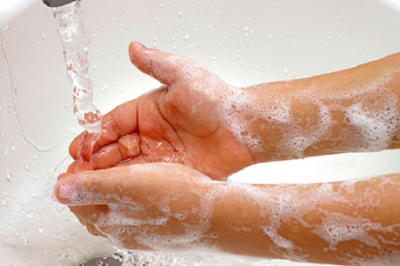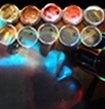Prudent use of triclosan advised by SCCS
The ingredient is used in a range of personal care products as an antibacterial agent including toothpastes, hand soaps and deodorants and maximum use levels currently stand at 0.3 per cent for most applications.
Fears over bacterial resistance
However, concerns are growing regarding potential of the widespread use of triclosan to lead to resistance in certain micro-organisms and a recent opinion from the Scientific Committee on Consumer Safety (SCCS) is advising prudent use of the ingredient, for example when a health benefit can be demonstrated.
According to the SCCS opinion published last week, in vitro studies that investigate the mechanism and genetics of triclosan resistance in bacteria suggest that even low concentrations can trigger the expression of resistance mechanisms.
In some geographical areas the environmental concentrations are high enough to suggest that bacterial resistance could be triggered.
However, the SCCS looked at six in situ studies during the preparation of the opinion, none of which showed any bacterial resistance emerging following triclosan exposure.
Although on first glance this is reassuring, the SCCS warns against assuming triclosan exposure never leads to resistance in situ: “Although triclosan resistance was not observed in situ, this is not sufficient to conclude there is no risk.”
“These [in situ] studies were state-of-the-art at the time they were performed but they did not have the modern tools (e.g. proteomic and genomic analysis) available today to investigate the complete bacterial population and the bacterial response to biocides,” the SCCS wrote.
Therefore, the committee ‘strongly’ recommends performing additional in situ studies to look at these aspects and bacterial phenotypes in environments where known concentrations of triclosan have been found.
With current research as it stands, the SCCS say it is ‘impossible to quantify the risk associated with triclosan’, and therefore can ‘only recommend the prudent use of triclosan, for example in applications where a health benefit can be demonstrated’.
For more information please consult the SCCS opinion.













